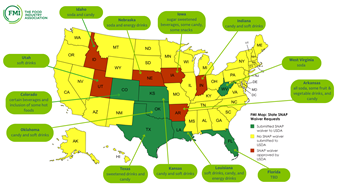<p style="text-align:center;"><em>Major federal changes to SNAP funding and state cost-sharing are fueling further </em><em>momentum for state-level action. FMI created a new resource to assist retailers in keeping track of this complex and rapidly evolving state policy landscape.</em></p><p>By Elizabeth Tansing, Vice President, State Government Relations, FMI</p><p><img src="https://www.fmi.org/images/default-source/blog-images/snap-waiver-map.tmb-large-350-.png?Culture=en&sfvrsn=1e4ec382_1" style="float:right;margin-bottom:10px;margin-left:10px;" class="-align-right" alt="US map with state waiver information" sf-size="434260" />In recent months, SNAP has seen a surge of policy activity at both the state and federal levels. Even before Congress passed the One Big Beautiful Bill Act in early July, many states were already seeking waivers from USDA to restrict certain food items eligible for purchase with SNAP benefits. With President Trump’s signing of the bill, major federal changes to program funding and state cost-sharing are fueling further momentum for state-level action, including additional state food waiver restriction requests.<span style="background-color:transparent;color:inherit;font-family:inherit;font-size:inherit;text-align:inherit;text-transform:inherit;word-spacing:normal;caret-color:auto;white-space:inherit;"> </span></p><p>While it’s still early days in this process, FMI has been engaging with the USDA and closely tracking the states as this major shift in SNAP policy is taking place. While states have previously submitted waivers in years past, USDA has traditionally rejected them. This time – and for the first time ever – USDA is granting waivers to states to implement two-year pilot programs – potentially extendable to five years – that would place restrictions on the types of foods eligible for purchase with SNAP benefits. </p><p>The six states that have already been granted SNAP waivers (Arkansas, Idaho, Indiana, Iowa, Nebraska, Utah) restrict foods like candy, soda and other beverages, but with varying definitions. SNAP has long been heralded as a highly efficient, nationally consistent feeding assistance program. Changes to its structure impact retailer operations and participant experiences.<span style="background-color:transparent;color:inherit;font-family:inherit;font-size:inherit;text-align:inherit;text-transform:inherit;word-spacing:normal;caret-color:auto;white-space:inherit;"> </span></p><p>As this policy area evolves throughout 2025 and beyond, FMI has created a new resource on our website – <a href="https://www.fmi.org/government-affairs/state-affairs/snap-waiver-requests">SNAP Waiver Requests & Approvals</a> – to assist retailers in keeping track of this complex and rapidly evolving state policy landscape. To work toward successful retailer implementation, the page provides individual state food definitions, state communication strategies, implementation timelines, a state-by-state comparison of the “candy” definition and other pertinent information as it becomes available.<span style="background-color:transparent;color:inherit;font-family:inherit;font-size:inherit;text-align:inherit;text-transform:inherit;word-spacing:normal;caret-color:auto;white-space:inherit;"> </span></p><p>Many policy and implementation questions persist around the SNAP waiver issue and FMI remains steadfast in providing our members with the most up-to-date information available. We will continue to work with Congress, USDA and the states to identify ways to improve the efficiency of the SNAP program and the delivery of SNAP benefits.</p><p><a href="https://www.fmi.org/government-affairs/state-affairs/snap-waiver-requests" class="button">SNAP Waiver Requests & Approvals</a> </p>
[#item_full_content]




